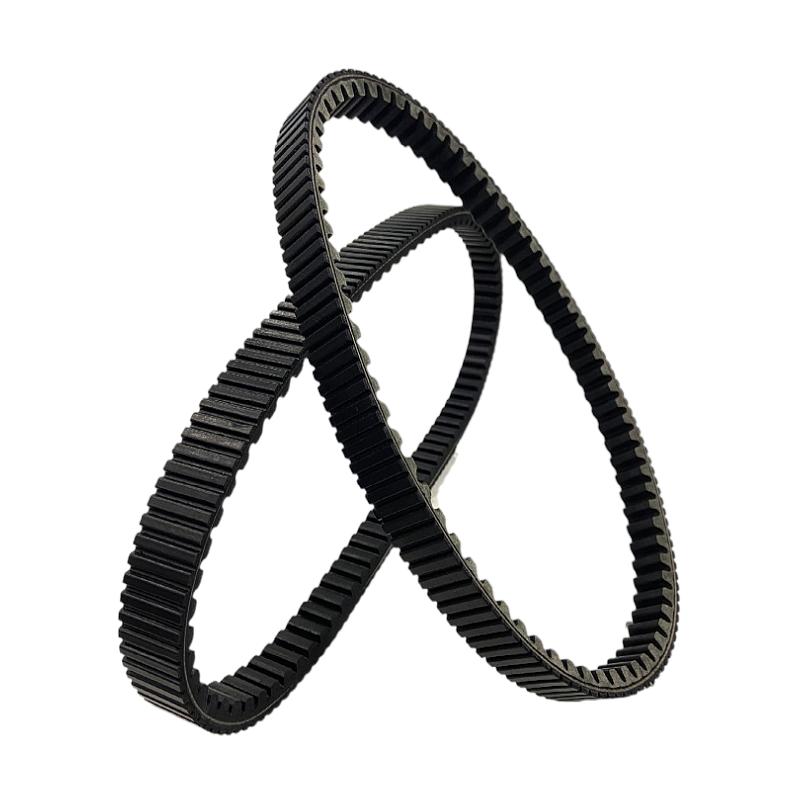- Arabic
- French
- Russian
- Spanish
- Portuguese
- Turkish
- Armenian
- English
- Albanian
- Amharic
- Azerbaijani
- Basque
- Belarusian
- Bengali
- Bosnian
- Bulgarian
- Catalan
- Cebuano
- Corsican
- Croatian
- Czech
- Danish
- Dutch
- Afrikaans
- Esperanto
- Estonian
- Finnish
- Frisian
- Galician
- Georgian
- German
- Greek
- Gujarati
- Haitian Creole
- hausa
- hawaiian
- Hebrew
- Hindi
- Miao
- Hungarian
- Icelandic
- igbo
- Indonesian
- irish
- Italian
- Japanese
- Javanese
- Kannada
- kazakh
- Khmer
- Rwandese
- Korean
- Kurdish
- Kyrgyz
- Lao
- Latin
- Latvian
- Lithuanian
- Luxembourgish
- Macedonian
- Malgashi
- Malay
- Malayalam
- Maltese
- Maori
- Marathi
- Mongolian
- Myanmar
- Nepali
- Norwegian
- Norwegian
- Occitan
- Pashto
- Persian
- Polish
- Punjabi
- Romanian
- Samoan
- Scottish Gaelic
- Serbian
- Sesotho
- Shona
- Sindhi
- Sinhala
- Slovak
- Slovenian
- Somali
- Sundanese
- Swahili
- Swedish
- Tagalog
- Tajik
- Tamil
- Tatar
- Telugu
- Thai
- Turkmen
- Ukrainian
- Urdu
- Uighur
- Uzbek
- Vietnamese
- Welsh
- Bantu
- Yiddish
- Yoruba
- Zulu
Dec . 18, 2024 01:20 Back to list
Understanding the Importance of Timing Belts in Engine Performance and Maintenance
Understanding Tooth Timing Belts Their Importance, Function, and Maintenance
Tooth timing belts, often referred to simply as timing belts, are crucial components in many internal combustion engines and various mechanical systems. These belts are specifically designed to synchronize the rotation of the crankshaft and camshaft, ensuring that the engine's valves open and close at the appropriate times during each cylinder's intake and exhaust strokes. Without a properly functioning timing belt, an engine may experience significant performance issues, or worse, catastrophic failure.
The Structure of Tooth Timing Belts
At first glance, a timing belt may resemble a standard rubber belt; however, it possesses distinctive features that set it apart. Tooth timing belts have a series of evenly spaced teeth along their inner surface. These teeth interlock with the gears of the crankshaft and camshaft, allowing for efficient power transfer without slippage. Typically made from a durable rubber material reinforced with fibers for strength, these belts are designed to withstand the high stress and temperatures found within an engine.
The Role of Timing Belts in Engine Performance
The primary role of a timing belt is to maintain precise timing between the engine's components. As the crankshaft rotates, it drives the camshaft, which controls the opening and closing of the engine's intake and exhaust valves. This synchronization is essential for optimal engine performance, fuel efficiency, and emissions control. If the timing belt were to slip or break, it could result in valve collision with pistons, leading to severe engine damage.
Signs of Wear and When to Replace
tooth timing belt

To ensure accurate timing and prevent potential engine damage, regular inspection of the timing belt is necessary. Signs that a timing belt may need replacement include visible cracks, fraying, or glazy surfaces. Many manufacturers recommend replacing the timing belt every 60,000 to 100,000 miles, but it is important to consult the vehicle's manual for manufacturer-specific recommendations.
Additionally, strange noises such as ticking or squeaking while the engine is running might indicate that the timing belt or associated pulleys are malfunctioning. If any of these symptoms occur, it is advisable to consult a mechanic before further use, as delayed repairs can exacerbate issues and lead to costly engine repairs.
Maintenance Best Practices
To extend the life of a timing belt, regular maintenance is key. This includes keeping the engine properly tuned and ensuring all other associated components, such as the tensioner and water pump, are functioning correctly. During routine maintenance, it is advisable to replace other related parts to prevent future problems and save on labor costs.
Another best practice is to use high-quality timing belts from reputable manufacturers. They may cost more initially, but their longevity and reliability can save considerable expense and hassle in the long run.
Conclusion
In conclusion, sound knowledge of tooth timing belts is vital for vehicle owners, automotive technicians, and enthusiasts alike. These belts play a critical role in ensuring that engines operate efficiently and reliably. Regular inspections, timely replacements, and proper maintenance can help prevent the serious consequences of timing belt failure. Therefore, understanding the importance of these components and adhering to recommended maintenance schedules is essential for prolonging the life of your vehicle and enhancing performance.
-
Korean Auto Parts Timing Belt 24312-37500 For Hyundai/Kia
NewsMar.07,2025
-
7PK2300 90916-T2024 RIBBED BELT POLY V BELT PK BELT
NewsMar.07,2025
-
Chinese Auto Belt Factory 310-2M-22 For BMW/Mercedes-Benz
NewsMar.07,2025
-
Chinese Auto Belt Factory 310-2M-22 For BMW/Mercedes-Benz
NewsMar.07,2025
-
90916-02660 PK Belt 6PK1680 For Toyota
NewsMar.07,2025
-
drive belt serpentine belt
NewsMar.07,2025

